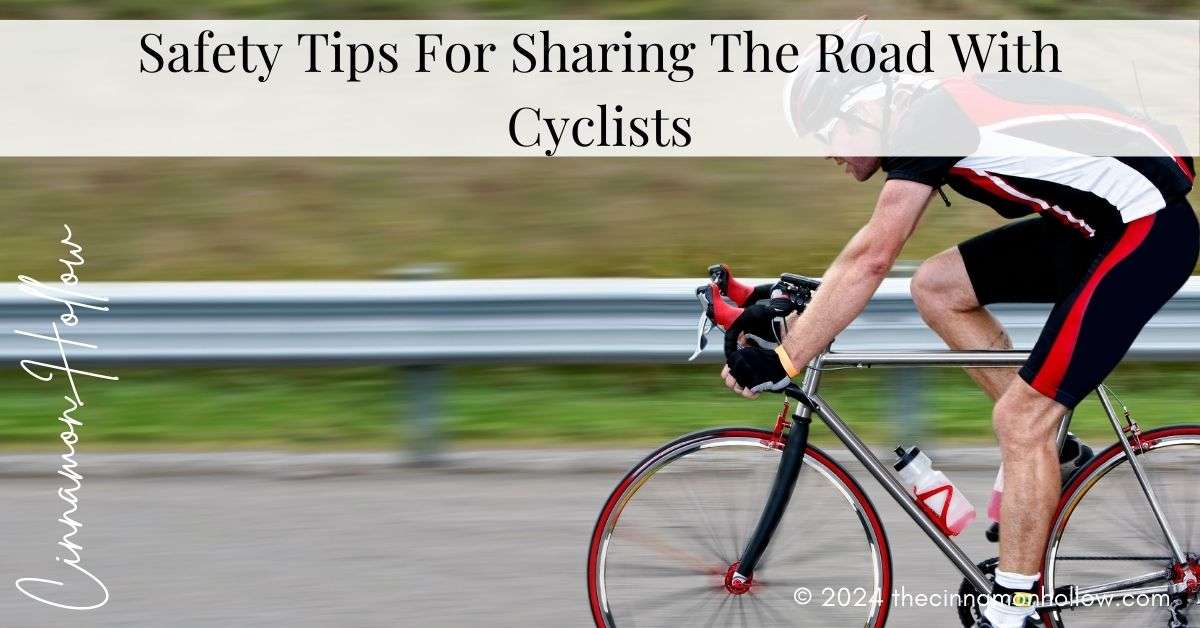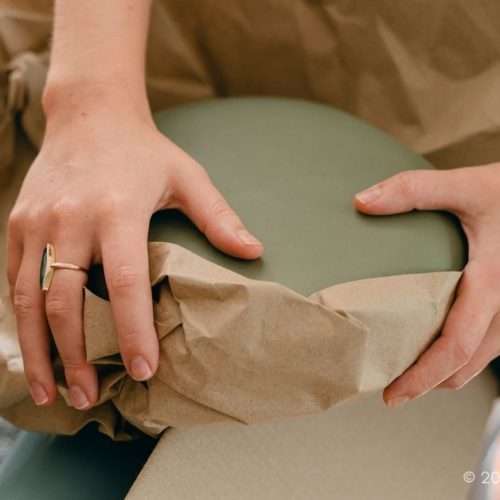- 1. Introduction
- 2. Understanding Cyclist Road Rights
- 3. General Safety Tips For Motorists
- 4. Specific Tips For Different Scenarios
- 5. Tips For Cyclists
- 6. What To Do In Case Of An Accident
- 7. Frequently Asked Questions (FAQs)
- What Is The Minimum Distance I Should Leave When Passing A Cyclist?
- What Should I Do If A Cyclist Is Not Following Traffic Rules?
- How Can I Ensure My Blind Spots Are Clear When Driving?
- What Are The Common Causes Of Accidents Between Cyclists And Drivers?
- How Can Cyclists Improve Their Safety On The Road?
- 8. Conclusion
1. Introduction
Cycling is a popular and eco-friendly mode of transportation, but it comes with its own set of risks, especially when sharing the road with motor vehicles. Understanding how to safely navigate interactions with cyclists is crucial for everyone’s safety. Statistics reveal that accidents involving cyclists are a significant concern, making it essential for both drivers and cyclists to be aware of best practices for road safety.
2. Understanding Cyclist Road Rights
Cyclists have the same rights to the road as motor vehicles in most jurisdictions. Local traffic laws often grant cyclists specific rights and responsibilities, such as the right to use bike lanes where available and the obligation to obey traffic signals. Familiarizing yourself with these laws can help prevent accidents and ensure a smoother driving experience.
3. General Safety Tips For Motorists
Maintain A Safe Distance
When passing cyclists, maintaining a safe distance is critical. A general rule of thumb is to keep at least three feet (or one meter) between your vehicle and the cyclist. This buffer space helps avoid accidents caused by close encounters and provides cyclists with the space they need to maneuver safely.
Use Turn Signals
Using turn signals is essential for informing cyclists of your intended movements. This is particularly important at intersections and when turning right or left. Proper signaling allows cyclists to anticipate your actions and adjust their position accordingly, reducing the risk of collisions.
Avoid Distracted Driving
Distractions can significantly impair your ability to notice cyclists on the road. Avoid using your phone, eating, or engaging in other distractions while driving. Staying focused and vigilant helps you recognize cyclists and respond appropriately to their presence.
4. Specific Tips For Different Scenarios
Passing Cyclists
When passing a cyclist, ensure that you do so safely by giving them ample space. If you encounter oncoming traffic while passing, be patient and wait for a safe opportunity to overtake. Avoid cutting in too closely after passing, as this can endanger the cyclist.
Cyclists At Intersections
Intersections are common points of conflict between cyclists and drivers. Approach intersections with caution, and always check your blind spots and mirrors for cyclists before turning. Make sure to yield to cyclists when required, just as you would with other vehicles.
Cyclists In Bike Lanes
Respect bike lanes and their purpose. If you need to drive in a bike lane, ensure that you do so only when necessary and proceed cautiously. Be aware of cyclists who may be using the bike lane and be prepared to yield to them.
5. Tips For Cyclists
Wear Visible Gear
Visibility is key for cyclists’ safety. Wearing high-visibility clothing and using front and rear lights can make you more noticeable to drivers, especially in low-light conditions.
Follow Traffic Rules
Cyclists should adhere to the same traffic rules as motor vehicles, including obeying traffic signals and stop signs. Following these rules helps maintain order on the road and reduces the likelihood of accidents.
Be Predictable
Cyclists should signal their intentions and maintain a predictable path. Use hand signals to indicate turns or lane changes, and avoid sudden maneuvers that could surprise drivers.
6. What To Do In Case Of An Accident
Immediate Actions
If you are involved in an accident with a cyclist, prioritize safety. Check for injuries and call emergency services if needed. Move to a safe location if possible and exchange contact and insurance information with the other party.
Reporting And Legal Considerations
Report the accident to local authorities and file a police report if necessary. Understanding your legal responsibilities and potential consequences can help navigate the aftermath of an accident. Consulting with bicycle accident legal professionals can provide guidance on claims and legal issues.
7. Frequently Asked Questions (FAQs)
What Is The Minimum Distance I Should Leave When Passing A Cyclist?
It is recommended to leave at least three feet (one meter) between your vehicle and the cyclist when passing.
What Should I Do If A Cyclist Is Not Following Traffic Rules?
Maintain a safe distance and avoid aggressive behavior. Report serious violations to local authorities if necessary.
How Can I Ensure My Blind Spots Are Clear When Driving?
Regularly check your mirrors and use your vehicle’s blind-spot monitoring system if available. Always look over your shoulder before changing lanes or turning.
What Are The Common Causes Of Accidents Between Cyclists And Drivers?
Common causes include failing to yield, distracted driving, and not maintaining a safe distance when passing.
How Can Cyclists Improve Their Safety On The Road?
Cyclists should wear visible clothing, follow traffic rules, use hand signals, and be aware of their surroundings.
8. Conclusion
By following these safety tips and fostering mutual respect, both motorists and cyclists can contribute to a safer road environment. Awareness and adherence to safety practices can significantly reduce the risk of accidents and ensure a harmonious coexistence on the road.
We are not lawyers and this is in no way intended to be used as legal advice . We cannot be held responsible for your results. Always do your own research and seek professional legal help.








